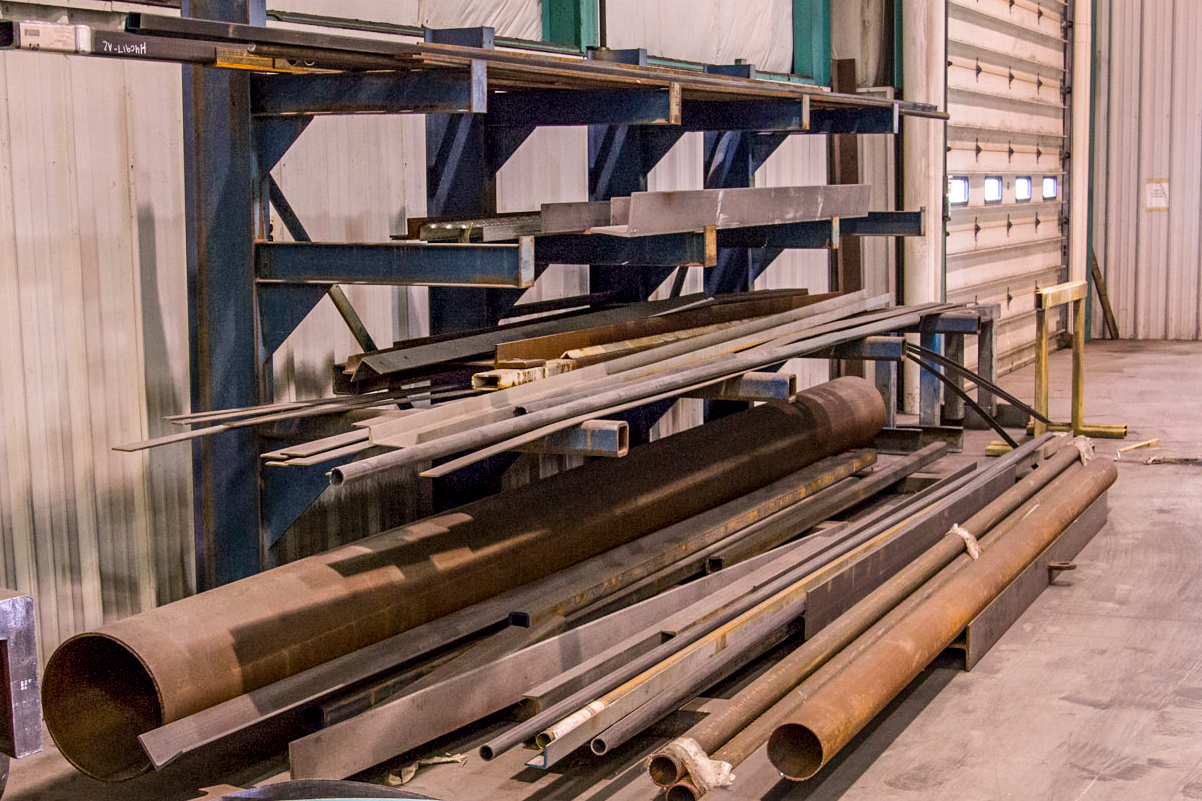In modern construction, Structural steel fabrication has become the backbone of strong, safe, and durable buildings. From high-rise towers to industrial facilities, steel provides unmatched strength, flexibility, and cost-efficiency. But behind every steel beam and frame lies a meticulous process that begins with design and ends with flawless installation. At Noble Steel, this journey reflects precision, innovation, and an unwavering commitment to quality.
Understanding Structural Steel Fabrication
Structural steel fabrication is the art and science of transforming raw steel into components that form the skeleton of modern infrastructure. Unlike simple steel cutting or welding, it is a complete process that involves design, engineering, shaping, assembling, and finally installing steel structures. The outcome is not just steel beams and columns but highly engineered solutions that ensure safety, longevity, and adaptability for any project.
Step 1: The Design and Planning Phase
The Role of Engineering and Drawings
Every successful structural steel fabrication project starts with careful planning. Engineers and architects create detailed blueprints and 3D models to visualize the structure. These designs guide fabricators in producing components with pinpoint accuracy. At this stage, advanced software like CAD (Computer-Aided Design) and BIM (Building Information Modeling) ensures that every dimension, load capacity, and structural requirement is accounted for.
Collaboration with Clients
At Noble Steel, collaboration is central to the design phase. By working closely with project managers, contractors, and clients, we ensure that the fabricated steel meets both technical specifications and practical needs. This collaborative approach minimizes errors, reduces waste, and guarantees that the steel components fit seamlessly during installation.
Step 2: Material Selection and Procurement
Not all steel is created equal. The choice of raw material is vital for the strength and durability of the finished structure. Depending on the project, different grades and types of steel are selected for their tensile strength, corrosion resistance, and flexibility. Noble Steel sources only high-quality materials, ensuring compliance with industry standards and long-term reliability.
Step 3: Cutting and Shaping Steel
Precision Cutting Technologies
The raw steel then moves into the cutting stage, where precision is everything. Techniques like plasma cutting, laser cutting, and waterjet cutting are used to achieve flawless edges and dimensions. For heavy-duty components, mechanical saws and torches may also be employed.
Forming and Bending
After cutting, steel pieces are shaped into beams, channels, angles, and other required profiles. Modern hydraulic presses and rolling machines ensure smooth curves and bends without compromising the steel’s strength. This step transforms raw steel into usable forms that align perfectly with the project’s design.
Step 4: Welding and Assembly
Welding for Strength and Stability
Welding is the heart of structural steel fabrication. By joining pieces together, fabricators create strong connections that withstand immense loads. Noble Steel employs skilled welders who follow strict quality control measures, ensuring that every joint is flawless and secure.
Assembling Components
Once welded, the steel parts are assembled into substructures. These may include frames, trusses, or beams that are later transported to the construction site. Careful assembly ensures that components fit together seamlessly during final installation.
Step 5: Surface Treatment and Finishing
To ensure durability and resistance to harsh conditions, steel undergoes surface treatments. Galvanizing, painting, or applying fire-resistant coatings protects the steel from rust, corrosion, and heat. At Noble Steel, we prioritize protective finishing techniques that extend the lifespan of every structure.
Step 6: Quality Control and Inspection
Quality is non-negotiable in structural steel fabrication. Each component undergoes rigorous inspections to ensure it meets industry standards and project specifications. Non-destructive testing methods like ultrasonic or radiographic inspections are often used to verify weld quality and detect hidden flaws. Noble Steel’s commitment to excellence means that every product leaving our facility is structurally sound and ready for installation.
Step 7: Transportation and Logistics
Transporting heavy steel components requires expertise in logistics. Each piece is carefully loaded, secured, and delivered to the construction site without damage. Efficient logistics planning ensures that steel arrives on time and aligns with the overall project schedule.
Step 8: Installation on Site
On-Site Assembly
Once on-site, the fabricated steel components are lifted into place using cranes and other heavy machinery. Precision is key here, as each component must align with the design specifications. Skilled installation teams ensure accuracy and safety during this phase.
Safety Measures During Installation
Because steel structures often involve working at significant heights, strict safety protocols are followed. Noble Steel prioritizes safety through training, protective equipment, and compliance with construction regulations.
The Benefits of Structural Steel Fabrication
Strength and Durability
Structural steel provides unmatched strength, capable of withstanding extreme weather, seismic activity, and heavy loads. This makes it the material of choice for commercial, industrial, and residential projects.
Design Flexibility
From sleek architectural curves to massive industrial frames, structural steel fabrication offers unlimited design possibilities. Architects and engineers can push creative boundaries without compromising structural integrity.
Cost-Effectiveness
Though the process is sophisticated, steel fabrication often reduces long-term costs. Faster construction timelines, lower maintenance needs, and extended durability contribute to overall savings.
Sustainability
Steel is highly recyclable, making it an eco-friendly choice for modern construction. Fabrication processes also minimize waste by repurposing leftover materials.
Noble Steel: Excellence in Structural Steel Fabrication
At Noble Steel, we combine advanced technology, expert craftsmanship, and a customer-first approach to deliver unmatched structural steel fabrication services. From initial design consultations to final installation, every step is guided by precision, quality, and innovation. Our track record includes successful projects across industries, showcasing our ability to deliver both large-scale and customized solutions.
Conclusion: Building the Future with Structural Steel
Structural steel fabrication is more than just cutting and welding metal—it’s a complete process that transforms raw materials into the backbone of modern construction. From design to installation, every phase requires precision, skill, and dedication. At Noble Steel, we pride ourselves on delivering steel structures that stand the test of time while meeting the unique needs of each project. If you’re planning your next construction venture, partner with Noble Steel for reliable, innovative, and future-ready solutions.





